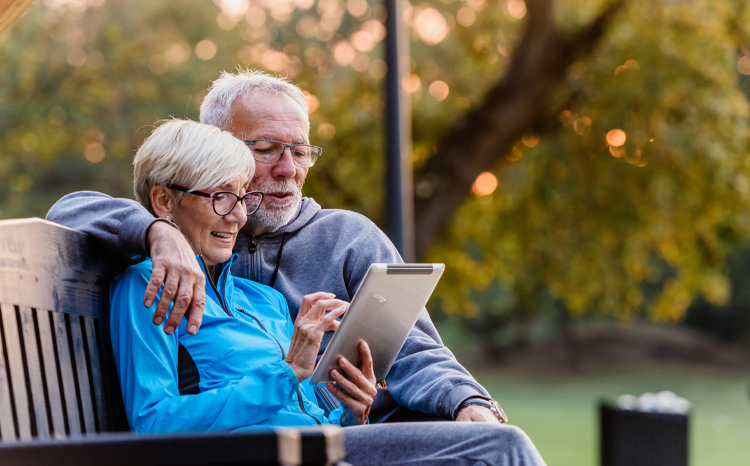Tele-echography robot allows remote patient scans
- 30 July 2004
A university research team has developed a robotic device that allows a doctor to examine a patient in a remote location by ultrasound, with the scans relayed back to the doctor in real-time. Abdul Salem Garawi, a student at Kingston University who has been involved with the development of the OTELO project, explained that he had consulted clinicians and asked them what kind of control mechanism they would find most comfortable. “We proposed different devices to experts, but they preferred this kind of system," he told EHI. The engineering team is working on adding pressure and resistance functionality to the probe to give authentic replication of movement. The connection can be made over a choice of available media; 2.5G, 3G, ISDN or satellite. Bandwidth of 64kps is the minimum recommended; however, the data caused by the movement of the robot itself uses very little space. “Eighty percent of the bandwidth is coming from the patient station to the expert," says Garawi. Should a lack of bandwidth mean that live video is not acceptable, doctors can also opt to receive still images of scans, rather than realtime video, so that these images can be saved, examined in detail or uploaded onto an electronic patient record. The finished device will connect to a PC with a user-friendly GUI on both ends of the connection. The doctor will have full control over what kind of images to display, whether of the patient or of the scans, and will be able to transmit images and audio to the patient too. No medical knowledge will be needed to set up the robot at the patient’s location. OTELO’s development was funded by the EU and is headquartered in the University of Orleans, France. The project has also received a great deal of interest and help from industry. “Vodafone are really supporting us,” said Garawi. “We’ve had nearly two years of cooperation, and we visited their lab in Newbury to do the initial tests." OTELO has already been tested on patients on continental Europe, and has featured on French and Greek TV. The MO-MED (Mobile Information Engineering & E-Med Systems) research group are also in talks with French engineering research firm Sinters to develop a business model so the machine can eventually come onto the market. MO-MED, based at Kingston’s Mobile Information & Network Technologies Research Centre (MINT) and headed by Professor Robert Istepanian, concentrate solely on mobile healthcare IT research. Other projects that are underway include a wireless LAN for health information access in A&E units, and research into mobile diabetes patient management. OTELO will be in the UK at Kingston University until the end of August. The research team are looking for UK hospitals that may be interested in testing the robot in a real-life. Contact r.istepanian@kingston.ac.uk or visit http://technology.kingston.ac.uk/momed/projects.htm#OTELO for more information. The MO-MED team with OTELO (left to right): Ying Zhou, Nada Philipp, Dr. David Wertheim, Dr. Henry Wang, Olu-femi Oyelakin, Abdul Salem Garawi, Dr. Fabien Courreges, Professor Robert S.H. Istepanian and Nilesh Prag.






